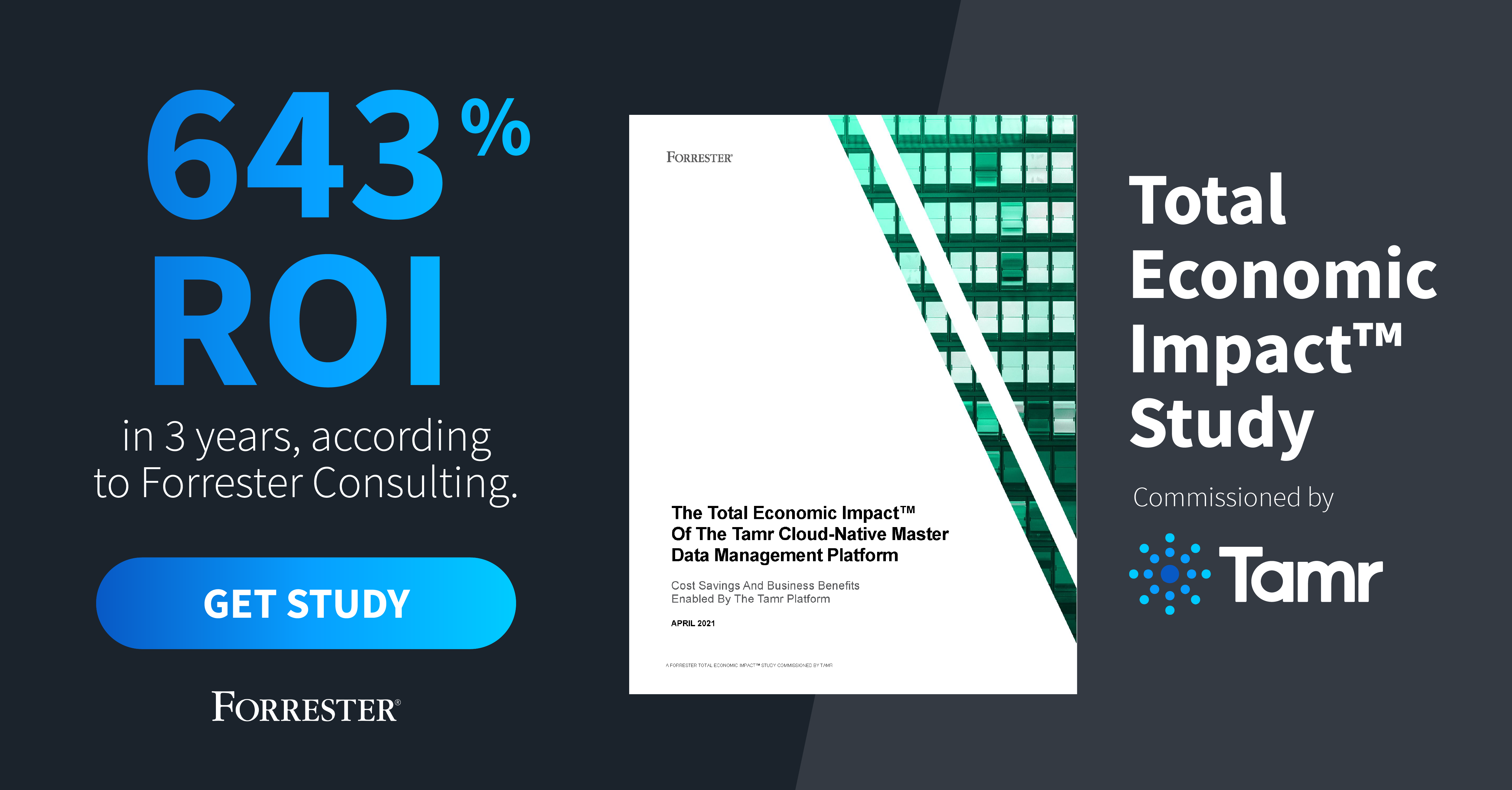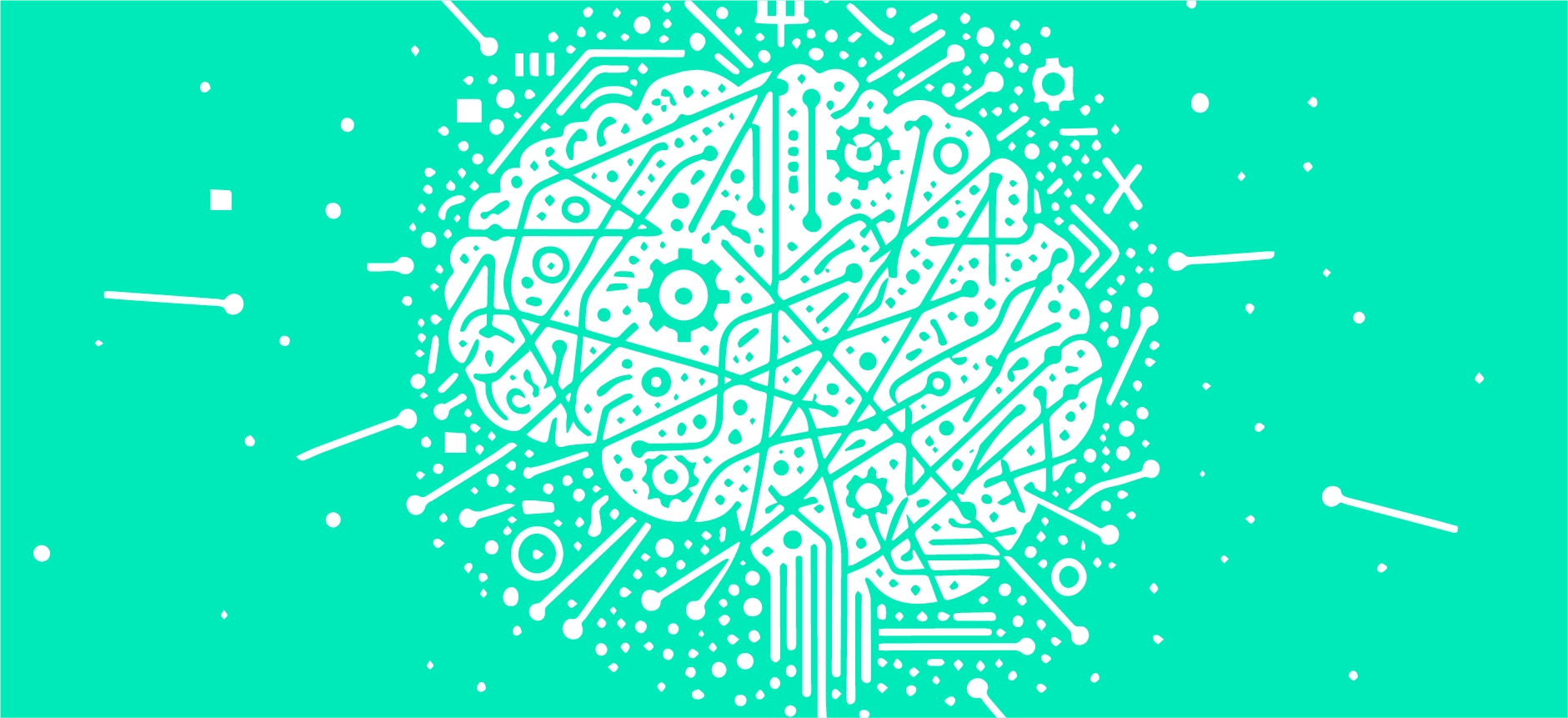Patient Mastering: Why Machine Learning is Core to Managing Patient Data at Scale

In today’s digitized healthcare system, electronic health records and claim databases produce vast amounts of patient records. These real-world data (RWD) records are gathered in several different ways and formats—all designed to be easy for healthcare professionals to submit. Third-party vendors are excited to share all the information they’ve gathered via insurance claims, personal health devices, and more.
Collecting, storing, and securely sharing patient RWD is good, right? Yes, if it’s matched and managed correctly.
Sounds easy enough, but how do you get started?
While patient data is all valuable, it’s impossible to do much because it is not viewable as a single unit due to the different ways the data is stored. Hospitals, insurance companies, private care doctors, and even connected device companies like Fitbit and Apple choose to collect data in their own ways. Unfortunately, data shared in multiple formats, duplicate, and even inaccurate data makes it impossible for companies to attribute patient care data to the right patient accurately.
Think about it this way, if you break your ankle, you go to the ER for an initial diagnosis. Then you would receive an MRI referral scan order at the hospital or clinic down the road. After the MRI, you return with a bandaged foot to your primary care physician’s office to read the scan results and put a cast on your foot. One broken ankle diagnosis requires that your patient care data crosses four different companies’ databases: ER, imaging center, primary care office, and the insurance company. Add-in billing infrastructure (copays, deductibles, etc.) or health information exchanges (HIEs are groups of hospitals that share an electronic patient database and are typically location-based. For example, California has an HIE and so does Los Angeles), and you’ve got yourself one patient that can look like several patients. It’s difficult on the patient, and it’s difficult for the provider during each step.
Corporations need help turning RWD into analysis-ready real-world evidence (RWE) that drives business and care decisions. They require a tool to harmonize data into a single output to be analyzed, recorded, and ultimately be used to benefit patients and providers.
Tackling the challenge of disparate patient data
Despite large volumes of available data from patient touchpoints and vendors, one of the most time-consuming challenges is still the required data preparation before any analysis can begin. Depending on the scope of the research, a data prep tool or even database queries may be sufficient in supporting data analytics. However, expecting a traditional rules-based method to data curation to meet modern data variety, volume, and velocity demands is risky.
Instead, a machine learning approach to master data management allows for the development of a customizable and evolving engine to accelerate and, in some cases, automate health data needs such as:
- Classification of metadata against Protected Health Information (PHI) and existing security policies
- Generation of cross-standard mappings for varying data elements and value terminologies used by different users and systems
- Entity resolution using machine learning to identify potential matches within and across disparate datasets, both internal and external
- Mastering patients across a variety of HIE systems
Machine learning is core to managing patient data moving forward
Tamr’s machine learning approach to mastering and classification significantly accelerates healthcare organization initiatives to manage their data standards on an ongoing basis. The traditional method of manually mapping data elements and terminologies across different data sources and standards over time is not cost-efficient nor scalable – leading to a constant struggle for the industry to achieve health data interoperability and a better patient healthcare experience.
Tamr is successfully implemented at some of the world’s top life science and managed health organizations like Sunovian, GSK, and Novartis. We have seen a large variety of digital transformation initiatives and ecosystems. We’d love to hear from you and learn more about your unique needs, and begin to explore how to modernize your approach to health data interoperability with machine learning-based master data management.
Using a modern approach to data mastering can deliver 643% ROI
Tamr worked with Forrester to develop a new Total Economic ImpactTM (TEI) study to detail the potential return on an engagement with Tamr. Among the key findings, the study found that an organization with roughly $15 billion in revenue would realize on average nearly $9 million in total benefits over three years by modernizing data mastering using the Tamr Cloud-Native Master Data Management (MDM) Platform. With average costs of $1.18 million over three years, that’s an ROI of 643% and a net present value of over $7 million when matched across personnel, infrastructure, and management costs associated with mastering initiatives.

Read a full copy of the study, including Forrester’s detailed methodology and more wisdom from the Tamr customers interviewed, and play with our new ROI calculator based on the Forrester study to get a more tailored view of the potential business impact and engagement with Tamr could have.
Get a free, no-obligation 30-minute demo of Tamr.
Discover how our AI-native MDM solution can help you master your data with ease!




